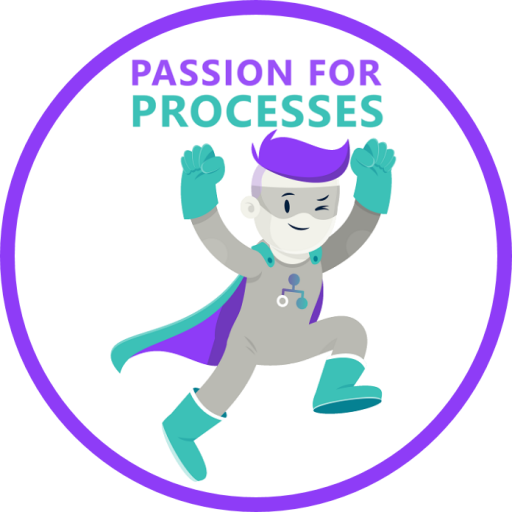
Hi guys,
How would you implement a Business Glossary in Aris Architect?
Basically, each term/concept of the glossary would have the following attributes :
- descriptions
- source of descriptions
- synonyms
- other related concepts
- business owner
- "golden source" (IT systems that hold "golden records")
- etc ...
The business glossary granularity would range from "business entities" ( for example Item) to "business entities attributes" (for example item part number)
I'm new to Aris. I guess the "Technical terms" (or a customized version of it) would be a good candidate but any ideas are welcome!
Hi Michel,
Technical term is the right candidate. It is intended for exactly that purpose. "Technical terms model" is the place for your glossary.
Don't try to do your data modelling with that object though. "Entities" and "Attributes" are concepts distinct from terminology. Terminology can occur almost anywhere, e. g. in processes. Candidates for entities are "Cluster/data model" for a "Business object" (an arbitrary collection of business information in a process context), "Entity type" for object types of the real world described by a common set of attribute types. And those are "ERM attribute types". I recommend "IE data model" for entity relationship modelling.
Thanks for the tips!
Concerning entity relationship modeling, I prefer the more compact IE data model notation, but I think I'll go for the Chen notation (Aris eERM diagram) because I need to model ternary relationships at the enterprise data model level (e.g. part, supplier, customer) which is not possible with IE Data Model notation.
Well then, if you miss anything with the eERM diagrams, don't hesitate to adapt the ARIS method with what you need. If you don't have the possibility to adapt the method due to license restrictions, validate your use cases well before making the final decision. Ternary relationships would be another entity in IE data model notation. You should find good names for them in Chen notation as well. After all the differences are not as big, I reckon. It's a philosophical debate, what's a relationship and what's an entity. The advantage of IE data modelling is that you have less object types to govern.






